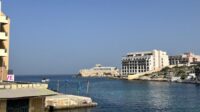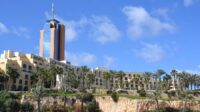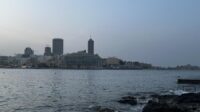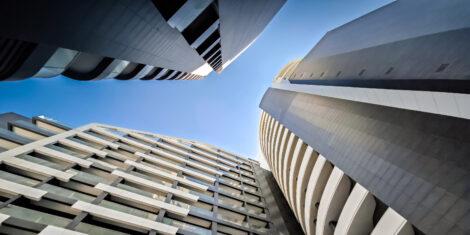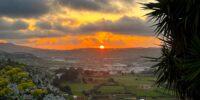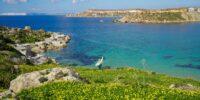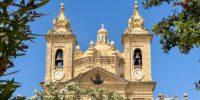There is one place in Malta where business deals and Cuban cigars meet foam parties and vodka red bulls – Paceville. The hedonistic party district has never lacked controversy. It has no shortage of infamy either.
Tourists and students flood its’ streets to experience the rumoured rush of Malta’s very own Sin City. At the same time, locals are often vocal about their distaste for the area and its’ dangers. So how was this revered and despised phenomenon of a district born?
A history of philanthropy
The name Paceville is very telling of the area’s origins. The evolution begins in the 1920s with several residences built for British servicemen and later Maltese locals by Giuseppe Pace. The Gozitan bishop’s passion for real estate only set the tone for the developments to happen in later centuries with developments such as Mercury tower which is redeveloping the area into a cluster of high rise buildings.
Simultaneously, bordering Paceville, the Dragonara palace was growing and expanding since 1870. Emmanuele Scicluna’s original summer residence, just like Paceville’s villas, transformed from a leisurly piece of architecture to a philanthropic hub for refugees and other war efforts in the interwar period.
Paceville rebrands
After years of wartime disruption passed, the area began evolving again. With the inflow of tourists, scattered bars began appearing on the streets of Paceville. At the same time, in 1964, Dragonara opened the doors of its brand new Casino to the public. A rebranding of the Paceville region was set in motion.
As years passed and generations grew, clubs and bars opened door to door. Teenagers and adults alike began to frequent venues like Coconut Grove, the Alley and Tigullio. Events like the Wet t-shirt contest at the Raffle invited tourism. The participants, known as the Page 3 Girls appeared on British tabloids. Paceville’s neon signs began to attract not only the Maltese youth, but also those from abroad.
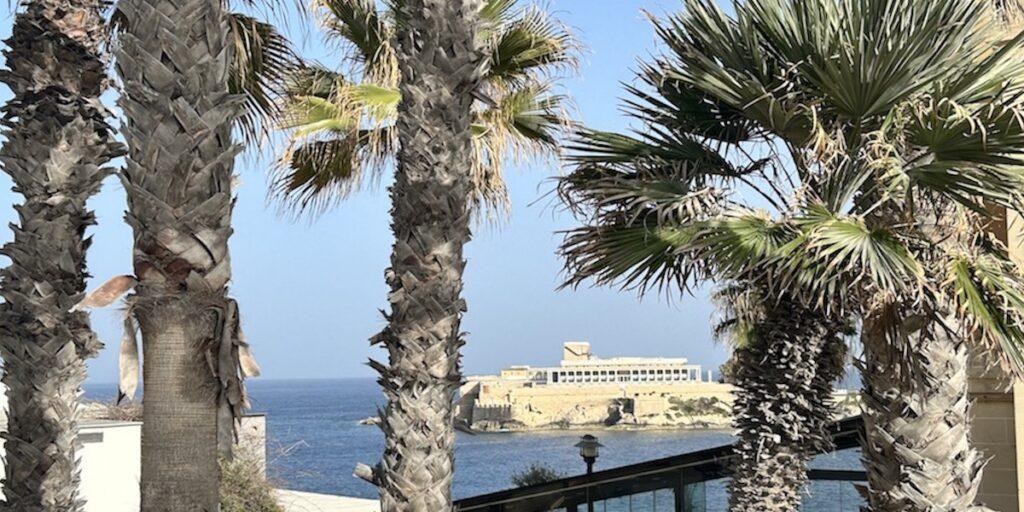
During this rebranding, developers made several attempts at a new look for Malta. One of the more famous projects is Palm Beach. The 1960s project intended to recreate Florida’s Palm beach in the Mediterranean, with imported Californian palms adorning the Beachwalk.
Though this particular project was abandoned, the area began to show lager scale and higher spending ventures. In 1999, the famous Portomaso brought class and luxury tourism to Paceville’s neighborhood. Business began to boom with luxurious hotels becoming the new rage. Millions of Euros were invested into modern buildings such as the Portomaso tower, the Intercontinental, the Hotel Hugo and, most recently, Mercury Tower. Party city Paceville now piqued the interest of business and real estate tycoons.
The father of Paceville’s nightlife
One such personality, the reason for a large chunk of nightlife in Paceville, was Hugo Chetcuti. The hotel owner’s first mark on Paceville was a mix of a club and bar in the 1980s. This venue was none other than one of Paceville’s most frequented nightclubs, Footloose. Still a local and tourist favourite, the club’s success prompted Chetcuti to open several neighboring venues. Club H, Havana club, Shadow Lounge and others, including gentleman’s clubs opened only metres away from Footloose’s entrance.
By now, Paceville, Portomaso and Dragonara created a self-sustaining environment including business, cuisine, nightlife and hotels. Most nightclubs had a two round system. This meant that until 11 pm, the clubs were open for teenagers until their doors closed for cleanup. After reopening a few minutes later, the adult wave began. The drinking and clubbing regulations have grown more relaxed since, to the dismay of many disapproving parents.
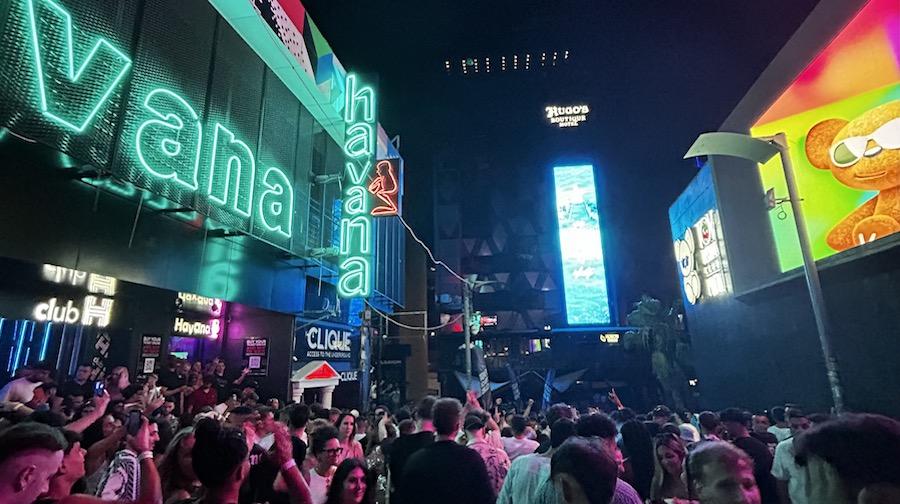
In 2018, Paceville’s greatest tragedy struck. Hugo Chetcuti, the entertainment mogul, was stabbed by his employee just outside his hotel. He died only days later. This, however, was only another one of the gruesome stories set in Paceville. The dark side of the area, the reason for so much controversy, is the list of drug overdose accounts, fights and other violent events. These are the facts that many older Maltese locals are likely to recall upon the mention of the name Paceville.
Nevertheless, Paceville remains the foremost party location, not only in Malta but also Europe. It is what gives Malta its reputation as one of the best summer destinations for young people looking for adventure and fun.
Paceville today
Clubs continue to open, hotels and skyrises are appearing far more frequently. An international club, Toy Room, opened just this summer. With locations in London, Dubai, Mykonos and more, the club welcomes a hedonistic image. Exotically clothed dancers line its’ stage, giving the club a controversial reputation, perfectly compatible with that of Paceville.
The generational love for the area and continuous investment in the entertainment sector proves its timelessness. Paceville’s evolution from a classic 1920s residential area is clearly far from over.

